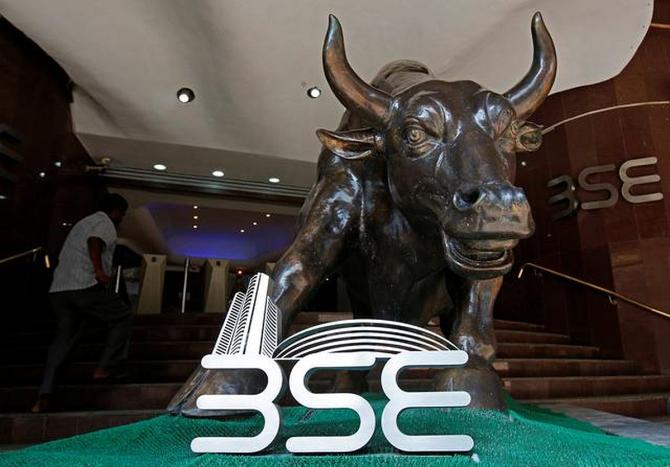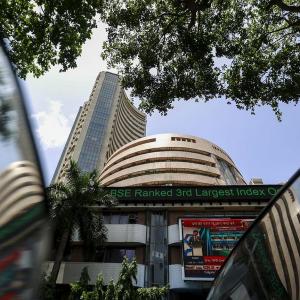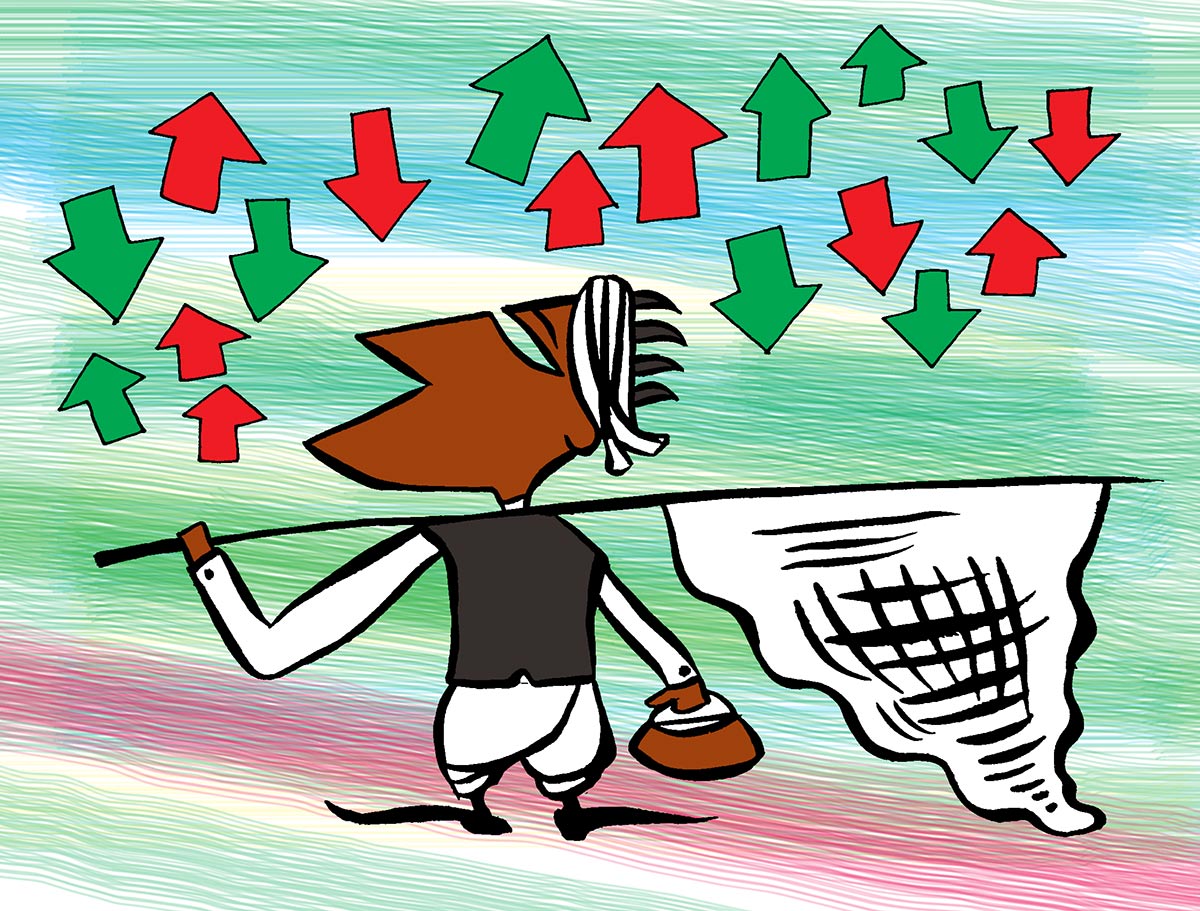The increased share of companies beyond the top 100 is on account of a stellar run in stocks in the small- and mid-cap universe this year.

The country’s dash to a $3-trillion market cap is more a case of teamwork, than a few members doing most of the heavy lifting.
Sample this: The share of top 100 companies to India's total market cap (BSE-listed companies’ m-cap) is 67.3 per cent currently, less than what it has been when the nation hit previous milestones, such as $1 trillion, $1.5 trillion in 2007 or $2.5 trillion more recently in December 2020.
In 2007, when India’s m-cap topped the $1-trillion mark for the first time, the top 100 companies accounted for three-fourths of the total m-cap; at $1.5 trillion, the share was almost 80 per cent.
“This is a good sign as it means retail investors are creating wealth. Typically, retail investors dominate this space,” said Ambareesh Baliga, an independent market analyst.
The increased share of companies beyond the top 100 is on account of a stellar run in stocks in the small- and mid-cap universe this year.
The BSE Smallcap index is up nearly 30 per cent and the BSE Midcap index is up 21 per cent year to date.
In comparison, the Sensex is just up 6 per cent.
“I won't say the contribution stocks outside the top 100 is not healthy but the risk is proportionately rising.
"The June quarter will be bad because of the impact of the second wave of Covid and also valuations because small-caps have gone up,” said G Chokklaingam, founder, Equinomics.
In 2017, when the $2-trillion m-cap milestone was achieved, the composition was similar to what it is now: Small- and mid-cap stocks were having a dream run.
However, between January 2018 and March 2020, the broader market indices saw a massive correction.
Experts don’t rule out a similar script playing out this time around, too.
“The market has to correct at some point; it's only a matter of time.
"Historically, small-caps outperform indices every three-four years but there is a massive correction after a while… at some point, as valuations become unsustainable,” said Chokklaingam.
Analysts point out valuations of mid- and small-caps are currently at a premium to historical levels on a trailing basis.
Some are trying to justify the rally based on forward valuations by building lofty earnings growth estimates.
“I doubt whether this rally could sustain as we are already in a bubble zone.
"We are already witnessing downgrades for the economy,” said Baliga.
Analysts say the m-cap-to-GDP ratio, which is currently around 113 per cent, is showing red flags.
“Typically, 70-75 per cent m-cap-to-GDP is a good buy.
"Whenever the ratio has gone beyond 110 per cent, the markets have corrected. Anything above 100 per cent, we can say the market is overpriced," said Baliga.
Experts say the share of larger stocks can once again go up in future.
“In India, over the last 10-15 years, large-caps have outperformed mid- and small-caps because the economy has not done so well over a longer period, " said Saurabh Mukherjea, founder, Marcellus Investment Managers.
Photograph: Shailesh Andrade/Reuters










